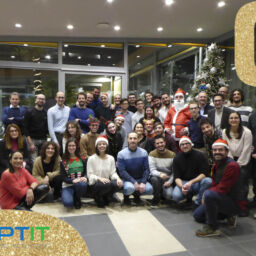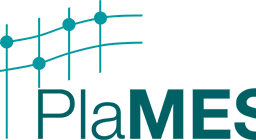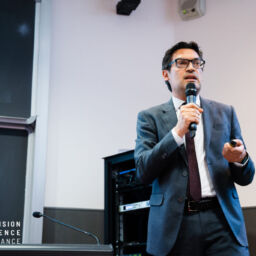February 11th marks the International Day of Women in STEM (Science, Technology, Engineering, Mathematics). Science and gender equality are two development goals within the Agenda 2030 for sustainability. The United Nations Educational, Scientific and Cultural Organization dedicates February 11th each year to an International Day of Women and Girls in Science, encouraging women and men worldwide to pursue these objectives.
It may seem that communication and cultural debate on specific academic paths do not influence the personal choice to pursue a discipline. However, culture plays a significant role in guiding career choices. In the ’70s, for instance, the popularity of astrophysics degrees was fueled by space missions. The media representation of women in prominent roles in science and technology is a recent result that has undoubtedly changed how women perceive themselves within the STEM context.
Nevertheless, culture and employment opportunities must go hand in hand. The opening of the job market to women in certain professions has greatly influenced girls’ choice to enroll in STEM faculties. Even with the advent of computing, there was a significant gender gap initially, as seen in the images of software houses in the ’80s and ’90s where finding a woman was practically impossible.
A generation later, we cannot claim that things are entirely resolved. The gender gap in STEM disciplines, in terms of the number of female students, researchers, and workers, remains wide, but the percentages improve year by year.
Optit recognizes the importance of overcoming these disparities and hopes for a future where days like February 11th are no longer necessary. For us, important characteristics include skills, personality, the ability to take risks, and the willingness to continuously learn. In Optit, anyone can find a friendly, rich, and stimulating environment to bring forth and shine their infinite potential.

















